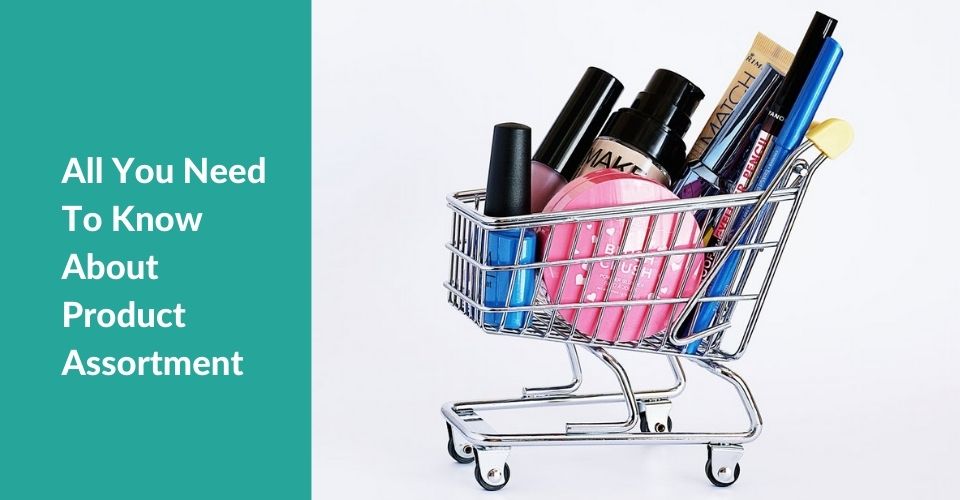Customers don’t expect a random product assortment process that blends a lot of items from successful stores. These merchants must develop a complete assortment plan in order to align their goods offers with their company objectives while addressing difficulties such as restricted shelf space. To do so, they must first grasp the basics of product assortment, such as product breadth and depth, and the tips for an effective product assortment.
Overview
What is product assortment?
The range of items that a merchant keeps and sells is referred to as product assortment or merchandise mix. It’s made up of two main parts:
- Product breadth: which refers to a store’s product line diversity. The term “product breadth” implies an assortment’s size and diversity. A large product breadth means a retailer’s ability to sell a wide range of items. Walmart, for example, sells everything from toilet paper and diapers to pajamas and outerwear.
- Product depth: refers to the number of various variants within one product line. In this part, it’s all about how deep a category’s assortment is. The majority of specialist merchants have a deep range of products. A business that specializes in office supplies, for example, could carry the same type of pen in a variety of colors.

Tips for an effective product assortment
Be clear on the purpose
Recognize who you are and what your brand represents to your target clients as the first step in having an effective product assortment. Ask yourself these questions: Who are your clients? What is their opinion of your store and what is its purpose? These questions will assist you in determining the appropriate product breadth and depth to execute.
For example, you are operating a store that only sells greeting cards. Customers come to your store to buy cards for their loved ones on different occasions. In this case, you should have a deep product assortment, selling cards in various content such as birthdays, Christmas, congratulations, and so on.

However, having a deep product assortment in certain categories isn’t the greatest method for everyone. If you serve a more diversified audience and clients of various ages, you should broaden your product offerings.
For example, gift stores that cater to everyone from travelers to families and even local customers should carry a variety of products such as key chains, apparel, toys, mugs, and so on.
Develop seasonal product assortment strategies
Seasonal changes in assortment strategies are also important. For example, at the start of the school year, retailers should offer a deeper back-to-school selection. This depth, however, will decrease during the remainder of the year, since fewer individuals may be seeking a good price on pencil cases in January, for example.
►►►► Please visit our products: digital banking, situation analysis, Shopify markets, Vietnam Photography Tour, Photography Tour Guide Viet Nam, supply chain operations management, fintech ai, Multi Store POS, Woocommerce POS, Mobile POS, White label POS, POS Reseller, Beauty Supply Store POS, Retail POS and Vape shop POS
As a result, merchants should offer a diverse seasonal assortment so that customers may find what they’re seeking. In October, for example, a business would want to extend its Halloween sweets selection to promote foot traffic. The seasonal assortment, however, must align with the brand. This is because customers have preconceived ideas about what they will find at a certain store.

Conclusion
Retailers can adjust these dimensions based on demand and season, but the approach must always be consistent with the company’s image and aims. We hope that this guide about product assortment can be helpful for you.
Being a leading point of sale system, ConnectPOS is a powerful tool for retailers to achieve their goals, using top-notch omnichannel features. If you have any questions, don’t hesitate to contact us.
